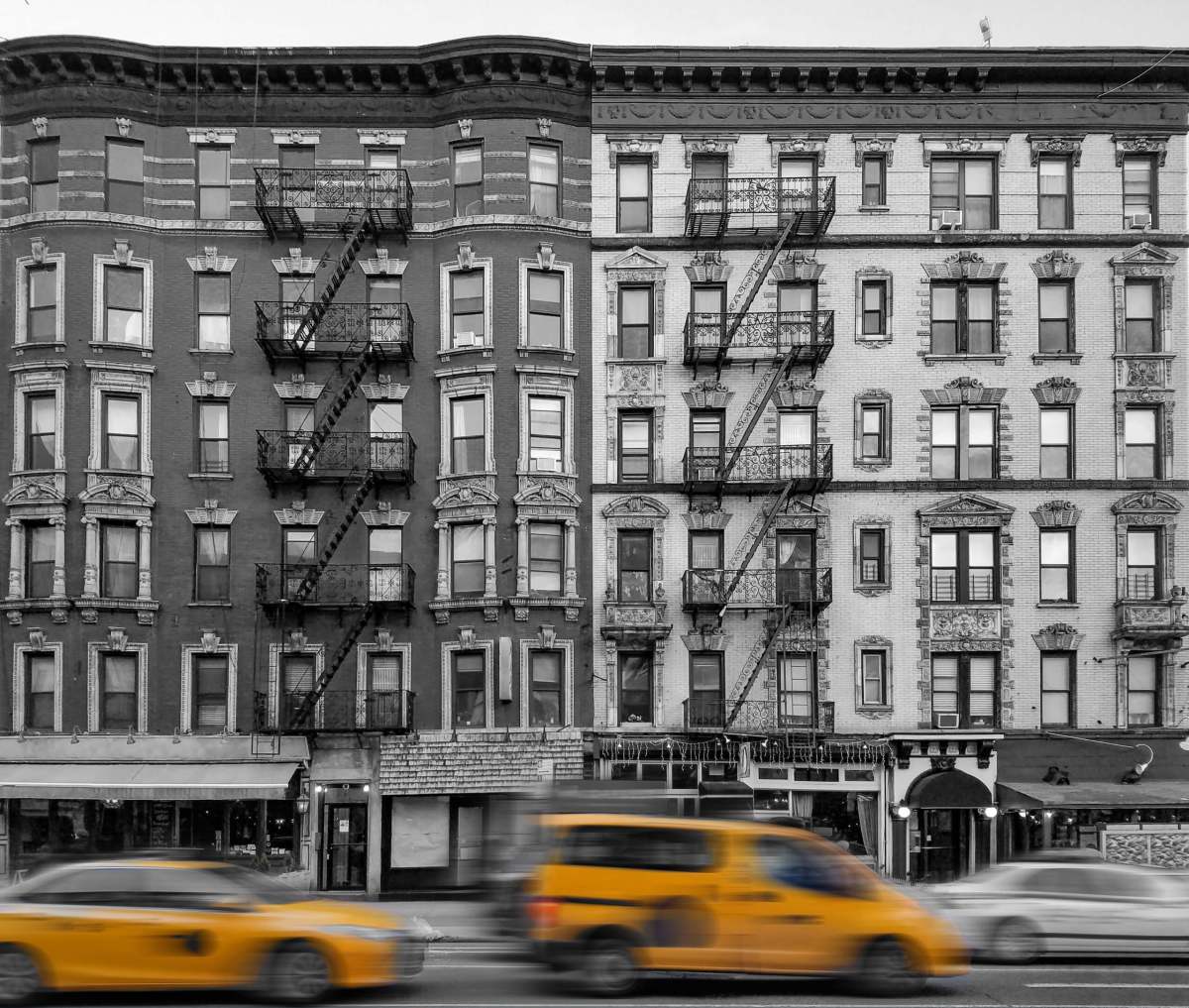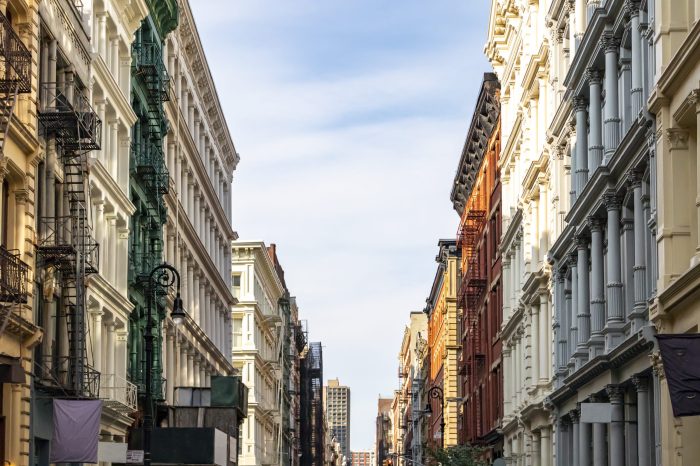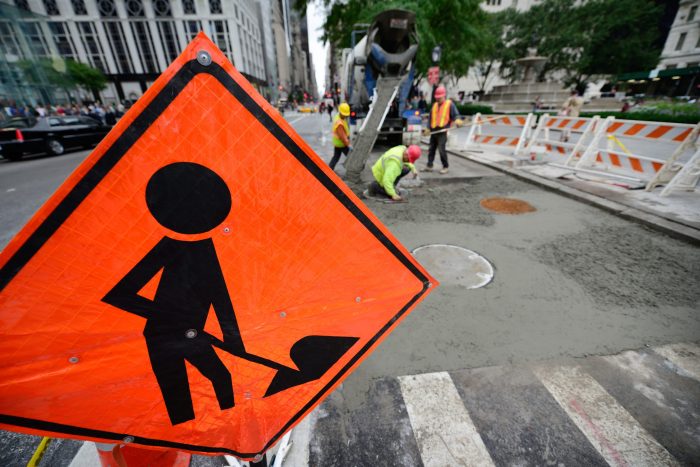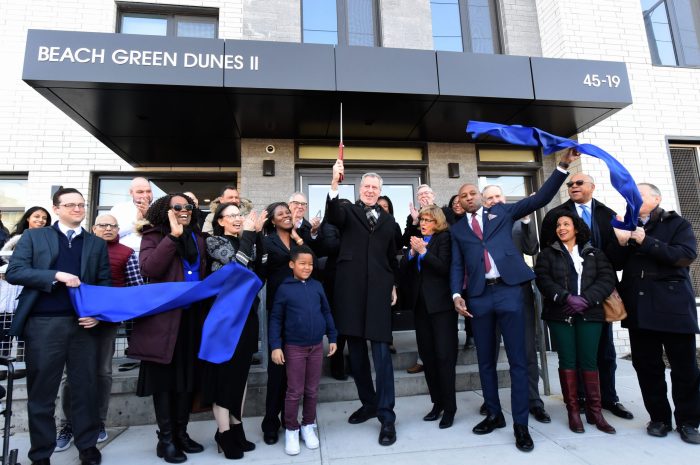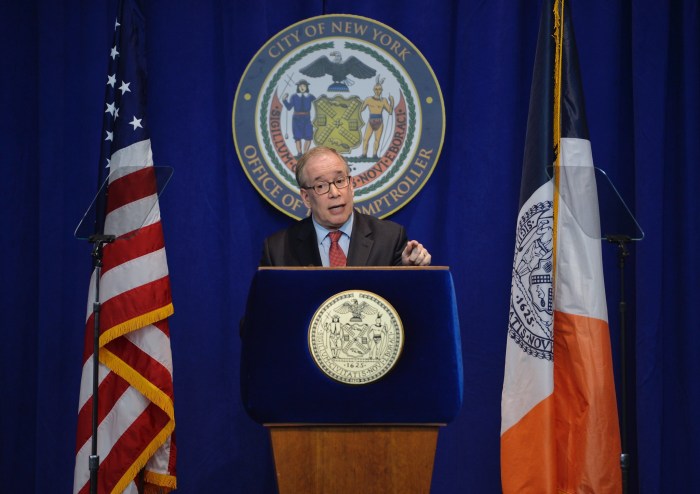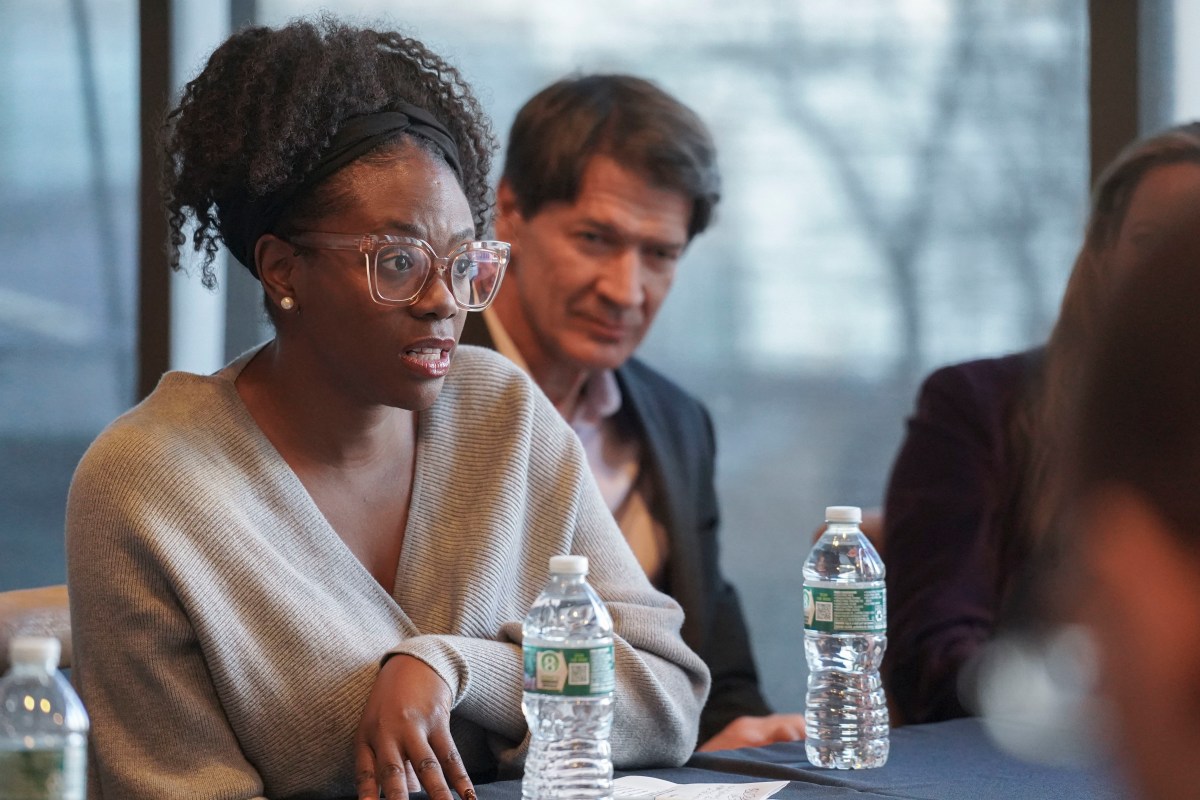What are New York’s large employers worrying about most this summer? Now that Mayor Adams is solidly focused on public safety and his NYPD Commissioner is making serious progress in the fight against crime, the next big issue on the minds of most business leaders is whether the young talent they depend on can still afford to live in New York City.
With average apartment rents in Brooklyn, Queens, and Manhattan at record highs in July — including over $5,000 in Manhattan — young professionals seeking to make the city their home are having a tough time, and this is worrying their bosses. For one thing, it keeps up the pressure to allow for remote work – not just work from home, but from other states or regions where housing costs are still manageable on a five-figure salary. For another, even with the 20% premium that is often paid for a job in New York City versus the same job in other parts of the country, the compensation a company can afford may not be enough to live on here, even with roommates.
Most concerning, there is no immediate solution to reduce housing costs. The biggest obstacles to achieving affordability in the city are the high price of land and construction — substantially more than it costs to produce a comparable apartment across the river in Jersey City. Another culprit is a property tax system in which the assessment on multifamily rental buildings represents about a third of operating costs, all of which are passed along to tenants.
The primary city-subsidized housing production and preservation programs (known as 421a and J-51, respectively) sunset in June and have not been replaced. This leaves developers and building owners with no as-of-right tax abatements that they need to secure before acquiring a site and planning a project that includes affordable apartments. As a result, the meager production of affordable housing that we have seen over the past decade is going to further decline.
The real estate industry points out that New York zoning, prevailing wage requirements, and land use procedures make it impossible to build enough housing to achieve a competitive residential market with affordable rents. The demand for apartments at almost any price – even during a pandemic – is multiples of the new supply coming online. Albany routinely rejects sensible proposals to increase the legal density of apartment buildings in the city or to eliminate obstacles such as the “Scaffold Law,” which creates huge liabilities and costs for every construction site.
One proposal by Governor Hochul to allow the creation of accessory dwelling units and legalization of basement apartments was up for consideration in the state budget negotiations this year. The NIMBY politics of the Long Island and Westchester suburbs derailed it. The point being that there are lots of creative ways to make more affordable housing, but they don’t necessarily pass a political litmus test.
A few months ago, Mayor Adams put out an excellent policy blueprint to guide housing policy reforms and establish new initiatives in land use, zoning, permitting, and other areas that could reduce costs and accelerate production timetables. These are strategies that must be pursued, in collaboration with the New York City Council, and in many cases require support by both the governor and the state Legislature.
It is easy to blame landlords and developers for high rents, but that does not lead to any solutions because neither have significant control over the most important factors that increase the cost of land and construction and discourage the production of housing.
If New York is going to continue to welcome young talent, and hang on to its major employers (and its tax base), it is time to turn the mayor’s blueprint into reality and work with the governor and state Legislature to achieve the reforms required to encourage the production and preservation of market rate and affordable housing that New Yorkers can afford to live in! The business community stands ready to support these efforts and, in many cases, to invest boldly when the obstacles to successful and affordable housing development are eliminated.
Kathryn Wylde is president and CEO of the Partnership for New York City.
Editor’s note: This is part of our “Reviving NYC” seires of op-eds from concerned New Yorkers about the major problems facing the Big Apple and how to best fix them. We thank the Partnership for New York City for their cooperation and assistance in bringing this series to you.



